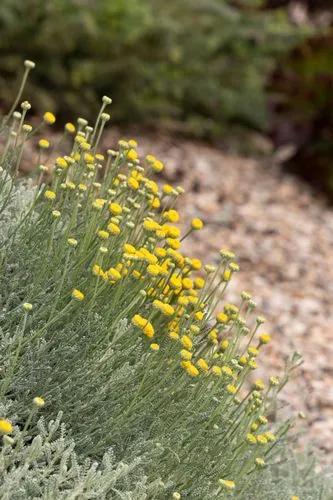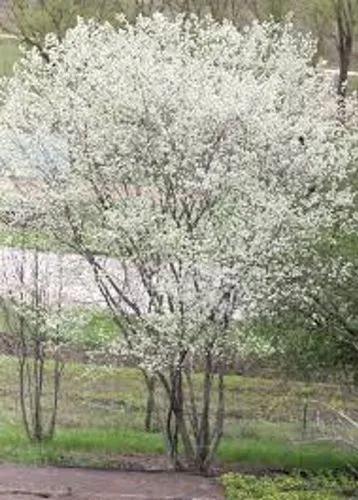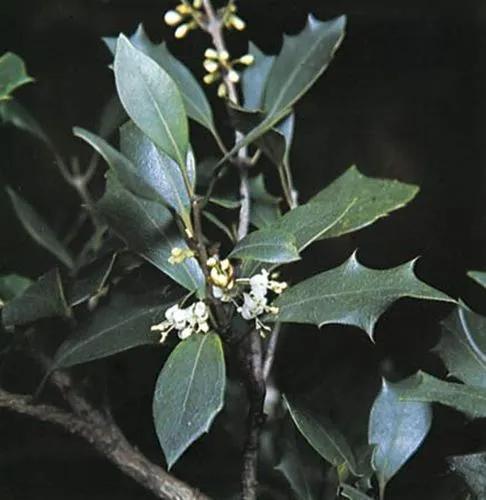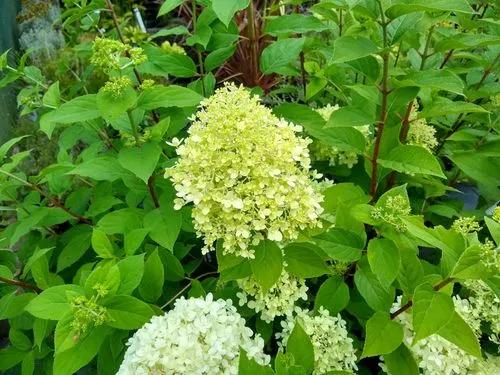Red Osier Dogwood is popular for ornamental landscaping due to its striking color and attractive foliage.
Red-Osier Dogwood Care
Cornus sericea



Red Osier Dogwood, also known as Red Twig Dogwood, is a deciduous shrub native to North America and a member of the Cornaceae family.
This plant boasts bright red stems and produces clusters of small, white flowers in the spring, followed by berries that serve as a favorite food source for birds. Red Osier Dogwood can reach heights of up to 10 feet (3 m) and a width of 10 feet (2 m), although it typically remains smaller when grown at home.
How to Care for the Plant

Water

Water the plant deeply once a week during the growing season, reducing the frequency during colder periods. Maintain consistently moist soil without allowing it to become waterlogged.

Pruning

Prune Red Osier Dogwood in late winter or early spring to eliminate dead or damaged branches and encourage fresh growth. Trimming back one-third of the oldest stems each year helps maintain the plant's shape.

Fertilizer

Red Osier Dogwood does not demand regular fertilization but will benefit from a balanced fertilizer application in the spring, before new growth emerges.

Sunlight

Red Osier Dogwood prefers full sun to partial shade, although it can tolerate low-light conditions. Be aware, however, that under less light, it may produce fewer flowers and display less vibrant foliage.

Soil

Red Osier Dogwood thrives in moist, well-draining soil enriched with organic matter. You can create an ideal mixture by combining peat moss, compost, and perlite.

Propagation

You can propagate this plant from stem cuttings in early summer. Dip the cuttings in rooting hormone and plant them in moist soil. Position the cuttings in bright, indirect light until they establish roots.

Temperature

According to its classification, Red Osier Dogwood is a hardy plant, capable of enduring frigid temperatures down to -40°F (-40°C).

Container

You can cultivate this plant in a container. It necessitates a spacious pot capable of accommodating its root system, with adequate drainage holes. Pick any sturdy material!

Fun fact

The wood of Cornus sericea is utilized in the crafting of tools, baskets, and various other objects.

Popularity

919 people already have this plant 52 people have added this plant to their wishlists
Discover more plants with the list below
Related articles






